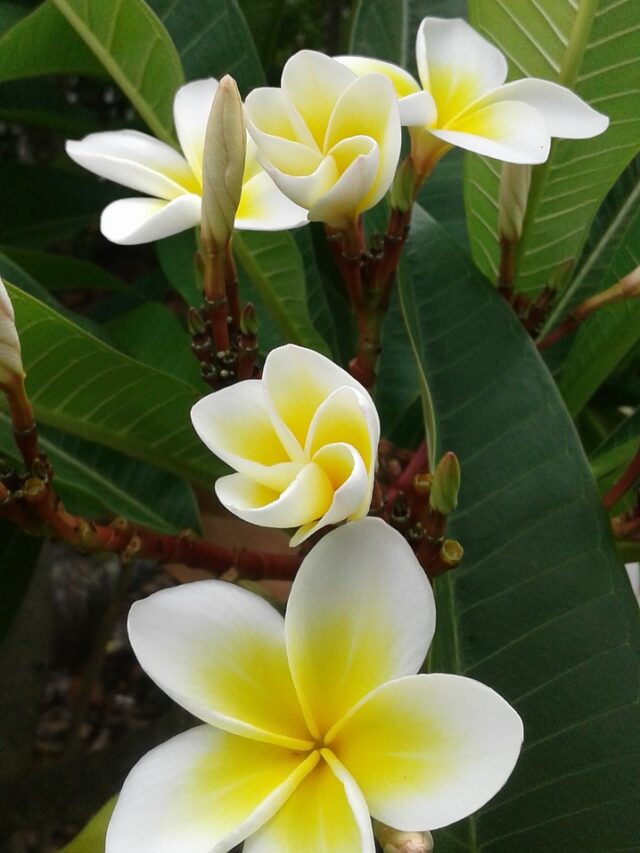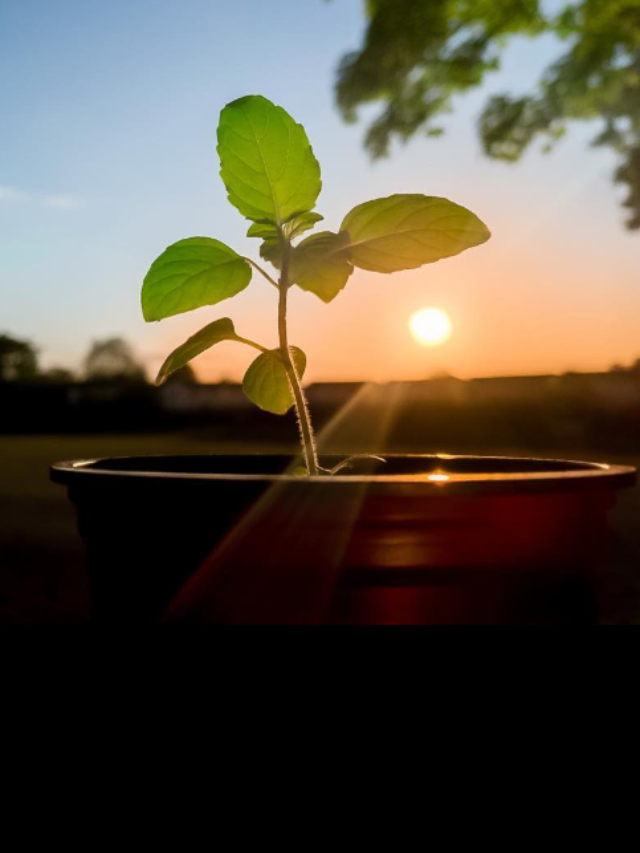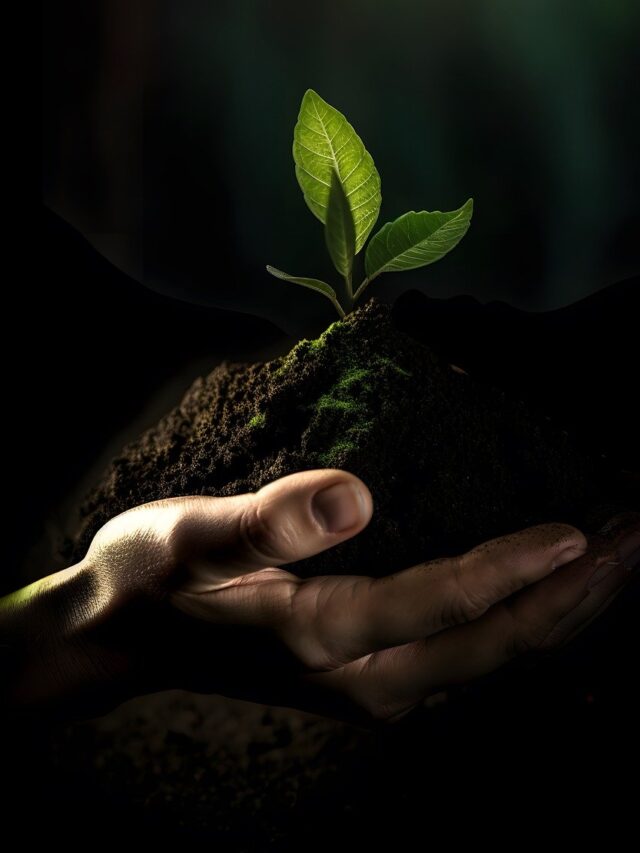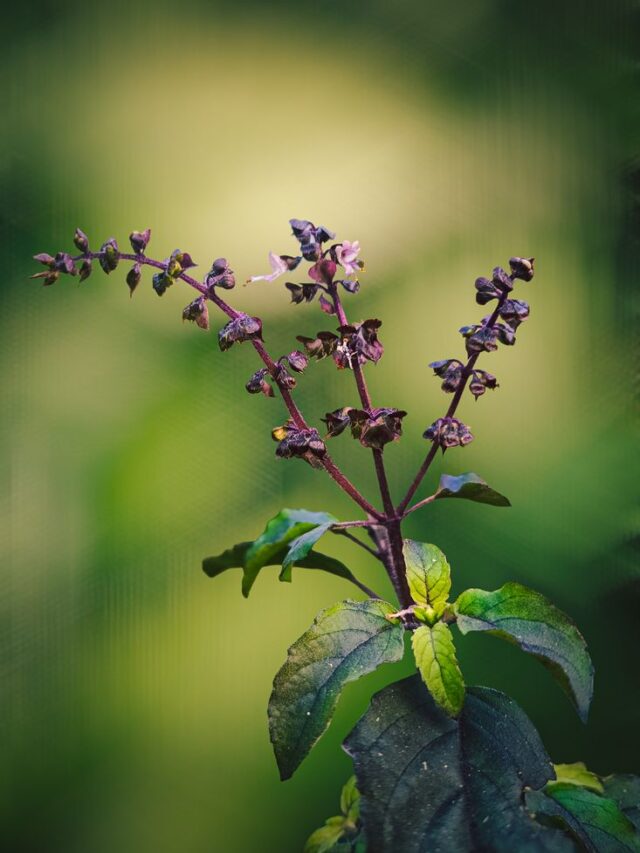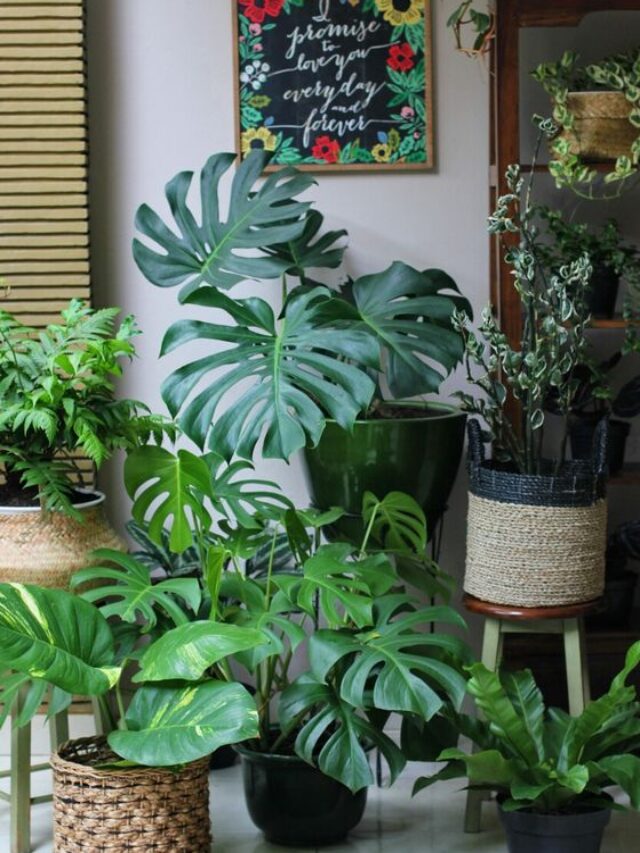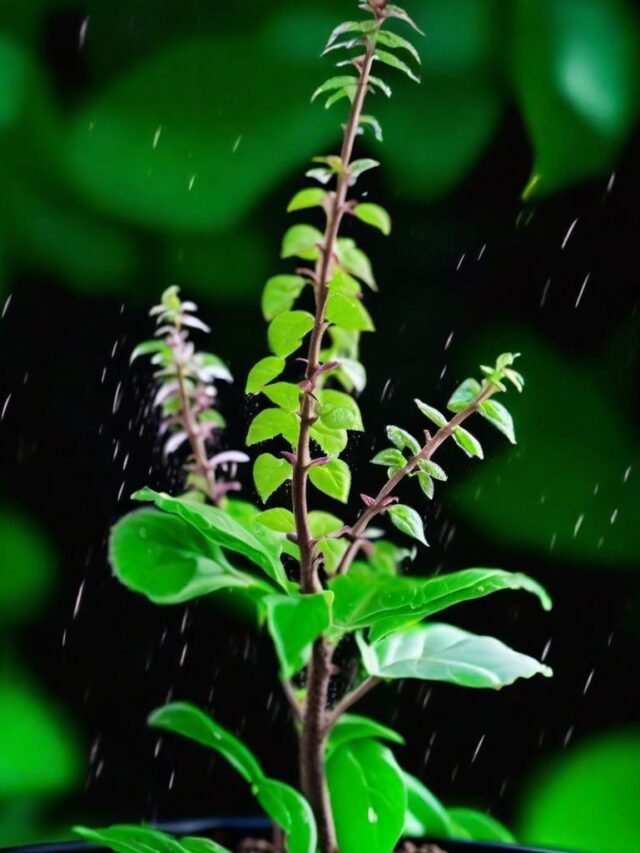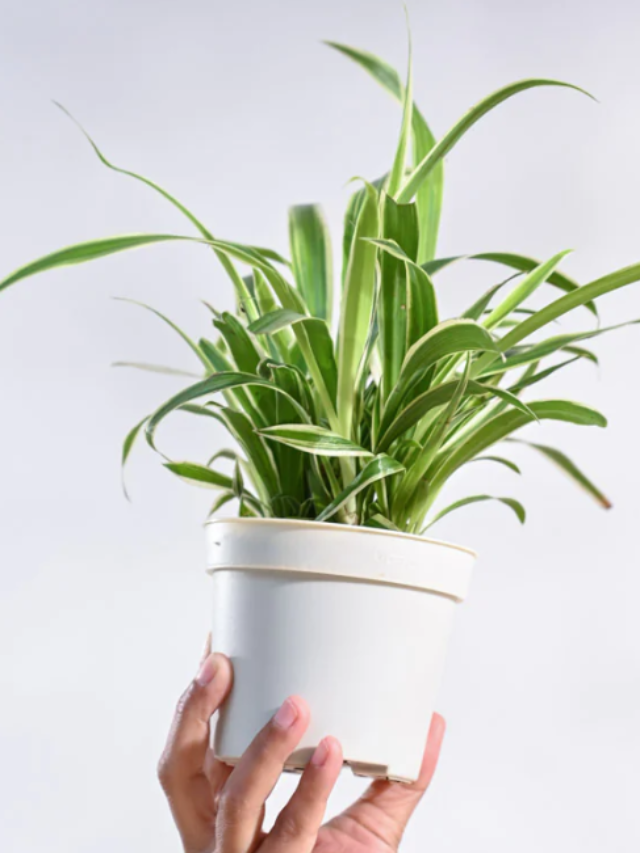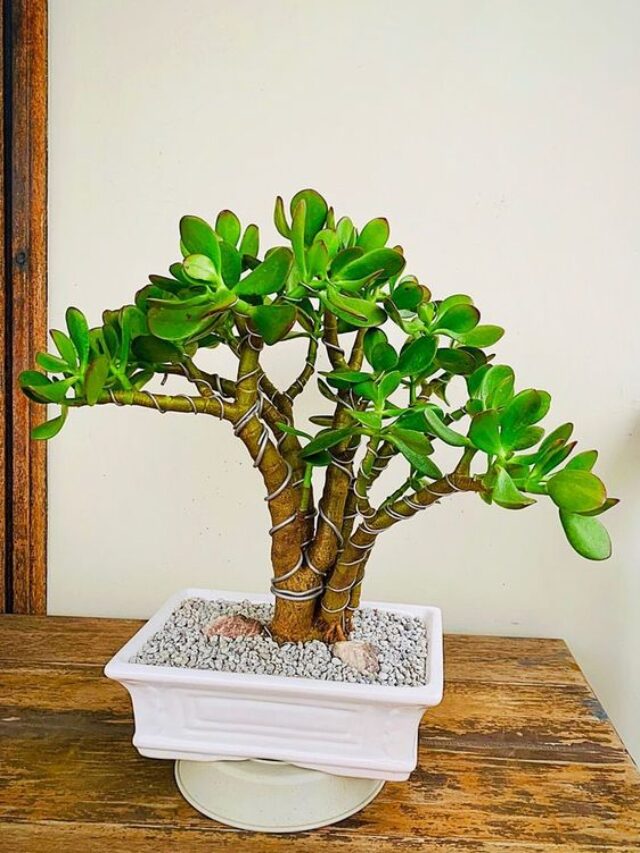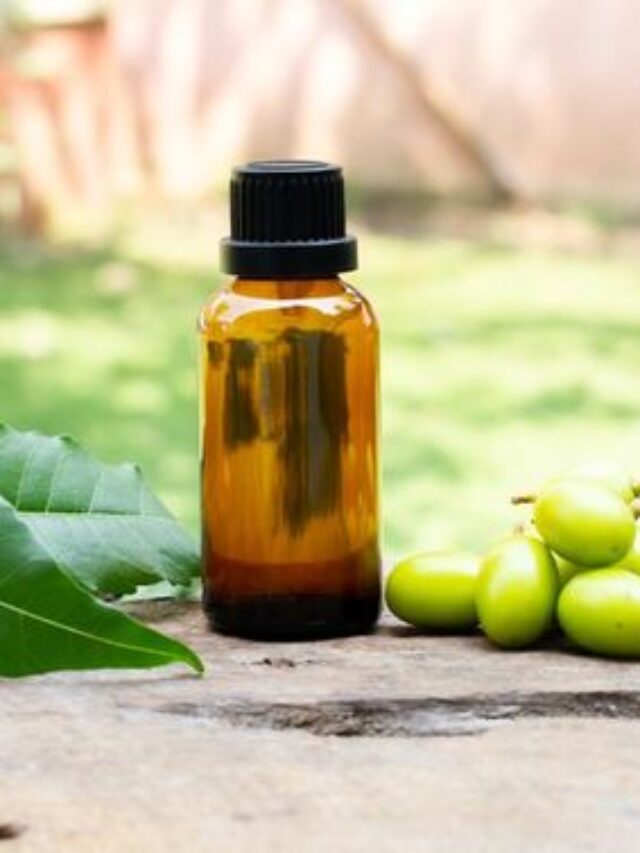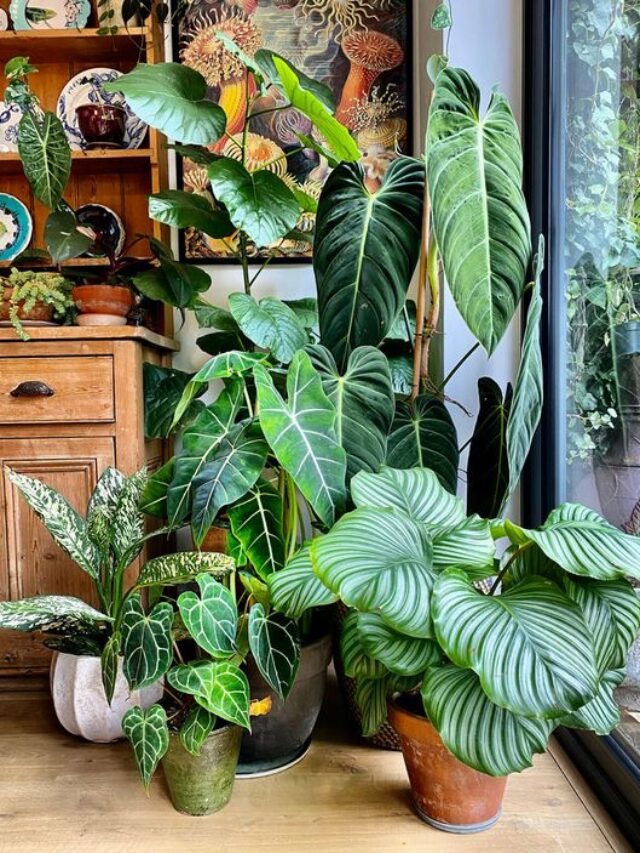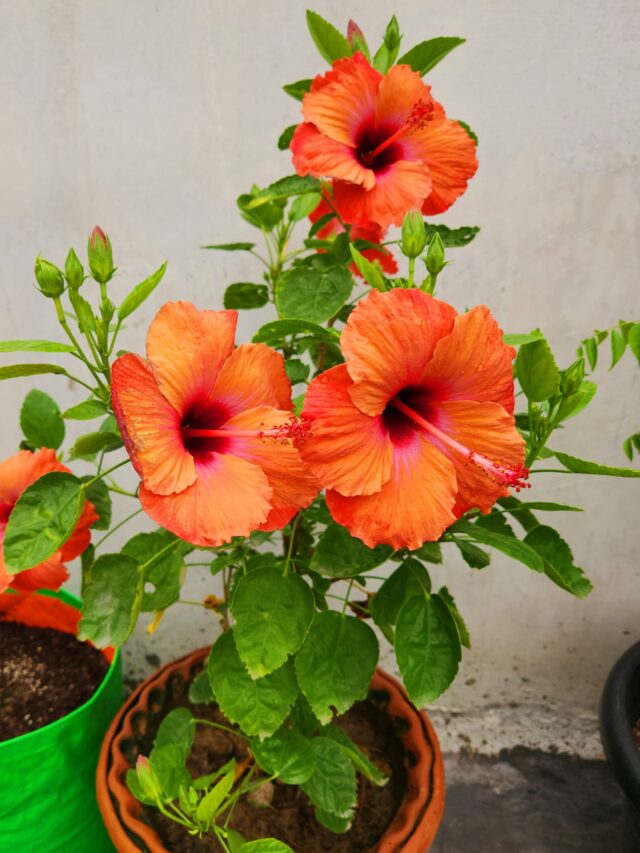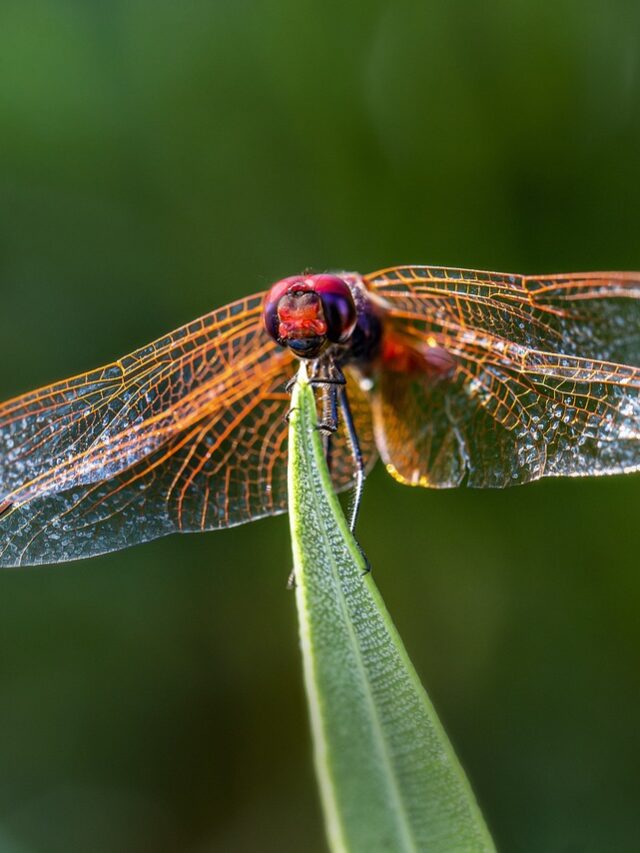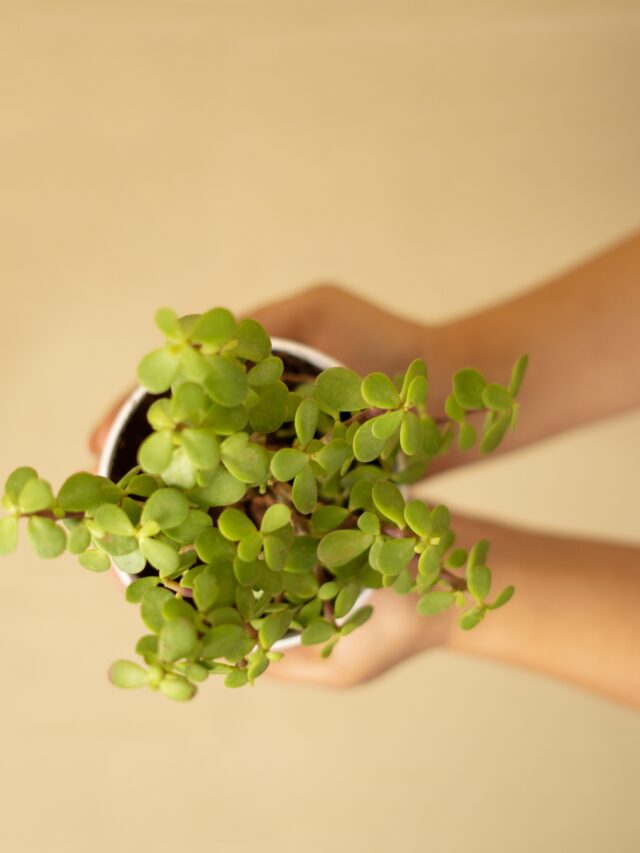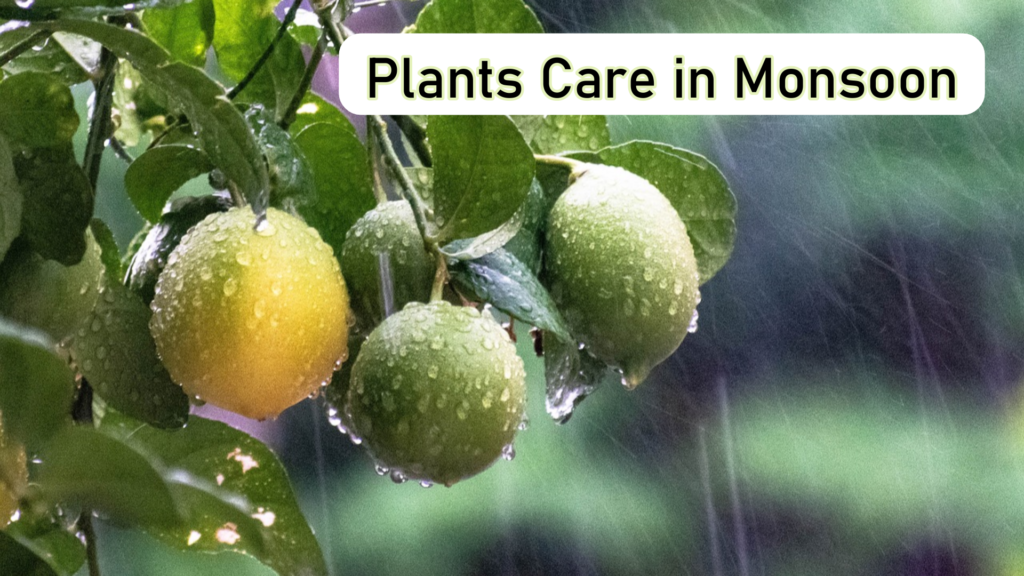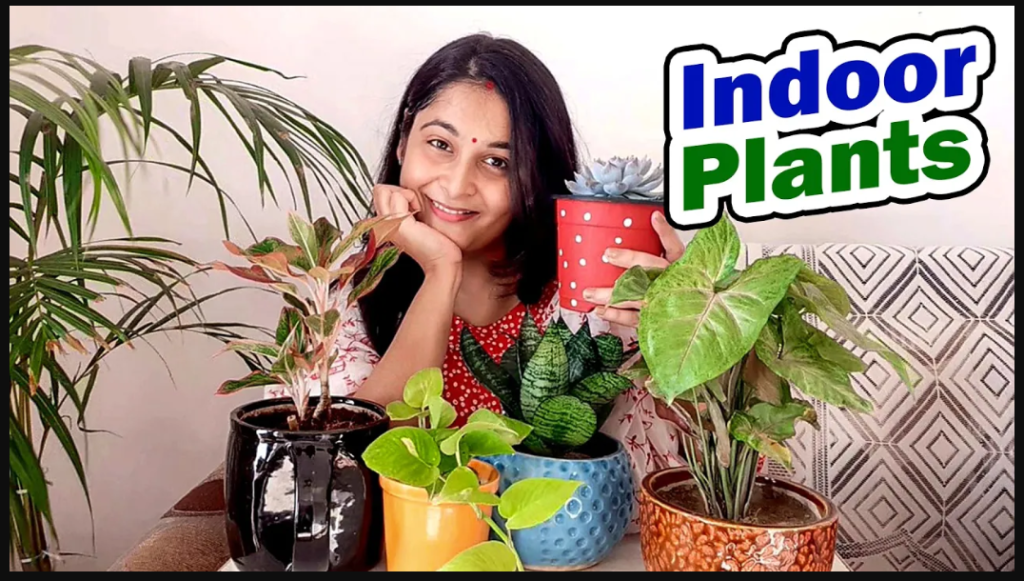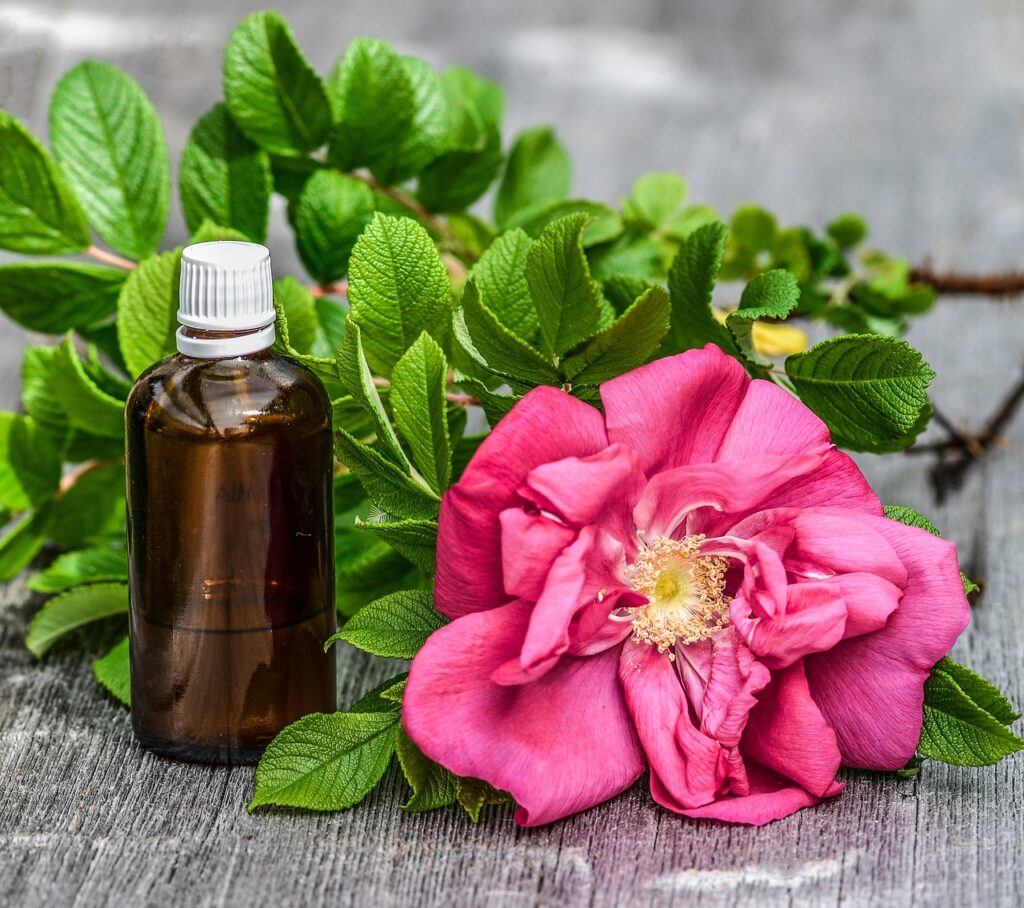Plants behave differently in different seasons. Each season has its pros and cons for the growth of the plants. The rainy season is the most beautiful and pleasing season for us as well as for the plants because plants grow very fast compared to other seasons. , still, we need to be particular at some point while taking care of our plants.
During rain, there are no such problems for plants but there might be some side effects after rain.
-
- There might be a problem with fungus, ants, and insects.
- Sometimes plants get damaged due to overwatering in monsoon season and leaves also turn yellow.
If we take all the small precautions stated below then there would not be any harm to your plants after rain.
Precautions in Rainy Season
1) Shift succulents
Shift all the succulents inside the home because succulents already have the optimum level of water stored inside them. They do not need much water like Aloe vera, Jade plants, Echeveria, etc.

2) Well-drained soil
If you are gardening in the ground then it is ok, because the soil keeps on absorbing the water. If you are gardening inside the pot, then your soil should be well-drained soil because pots do not have that much capacity of holding water.
So, what all things we can do, let’s discuss.
-
- If you have fewer plants say 5-6 only then you can shift them to a shaded area after showering 2-3 days of rain.
- If you do not want to shift your plant then cover your plants with a green net. Air and water both keep on passing through this net and plants will get rain water also.
- To avoid over-watering, the soil should be well drained. If water is entering from the top, then it should be able to drain out from the bottom. Water should not sustain inside the soil or pot.
3) Check the bottom hole of the pot
- If water is not coming out from the bottom of the pot, then there are no benefits of well-drained soil.
- Check the functionality of the bottom hole properly, sometimes roots or any other things might get obstructed inside these holes and water would not be able to come out.
Keep watering your plant till water comes out from the bottom hole. Some people give little water on a daily basis which is actually totally wrong. By this method, the outer soil of the pot would be moisturized but the bottom soil would become like a stone. So give water to the plant till the point water comes out from the bottom hole.

4) Fill the pot completely
- Fill the soil in the pot completely. Do not leave any space on the top, normally we leave 2-3 inches of space.
- During heavy rain, water starts standing on the top of the soil and it might lead to fungus and green algae on the top of the soil.
5) Remove the bottom leaves
- When we are filling our pot fully with the soil, at that time remove the bottom leaves of the plant.
- Bottom leaves will get in touch with the wet soil continuously, these leaves might get infection and fungus, so you can remove them.
6) Remove unwanted weeds
In monsoon the temperature is moderate and because of that, all the unwanted weeds in the pots start growing very quickly. We need to remove these weeds from the roots otherwise they will extract all the nutrients of the plant.
7) Remove the plates from the bottom of the pots
- Generally, we keep the pots on the plates so that our land surface does not get stained but in the rainy season, we need to remove them. They might get flooded with water.
8) Raise the level of plants
- During the rainy season, keep the plants on some stands so that water comes out easily.
- If your pots are flat from the bottom or you are gardening in gardening bags, then keep them on any brick or any object which can raise their level.

9) Give support to your plants
- In monsoon, with the rain, it is very windy also. When soil is wet, then there are more chances of plant eruptions so we need to provide our plants some support.
- They can stand easily with support during heavy winds also.
10) Germination of seeds
- During the monsoon, seeds get germinated very easily. Moisture, temperature, and humidity, all these factors are in favor of the germination of seeds.
- During this time you can grow seeds of tomato, chilly, brinjal, capsicum, etc. You will get flowering and fruiting in 2-3 months of these plants.

11) Planting with cuttings
- During monsoon, temperature, humidity, and moisture everything is so perfect that you can grow plants with their cuttings also.
- Cuttings of the plants will grow properly and very easily.
12) Fertilizer for plants
-
- Give neem cake fertilizer to your plants before rain starts, it will act as a prevention for problems like fungus and insects.
- Rainwater has a good level of Nitrogen, so there is no need for any other fertilizer. Plants will bloom on their own during the rainy season.
13) Fungicides and Pesticides
- You can use neem oil solution, neem soap solution, cinnamon powder, and cinnamon liquid solution during the rainy season.
- You should do neem spray on your plants weekly during this season to save them from fungus and pest attacks.
After the rain, there is also a possibility of ants coming off. For that, you can use Laxman rekha beside the pots and on the walls.
14) Indoor Plants

In this season, there is moisture in the air so we need to take care of our indoor plants also.
- You will observe that the soil of indoor plants stays wet for a longer duration.
- You need to give water to your plant carefully otherwise white fungus will appear on the top layer of soil.
- If you see that white fungus, simply remove it and add cinnamon powder to it.
- At this time, humidity is also more so we need to take care of ventilation also. Keep your gates and windows open for your indoor plants.
It was all about monsoon season for plants.
Enjoy the Monsoon !!!!
Enjoy Planting !!!!
